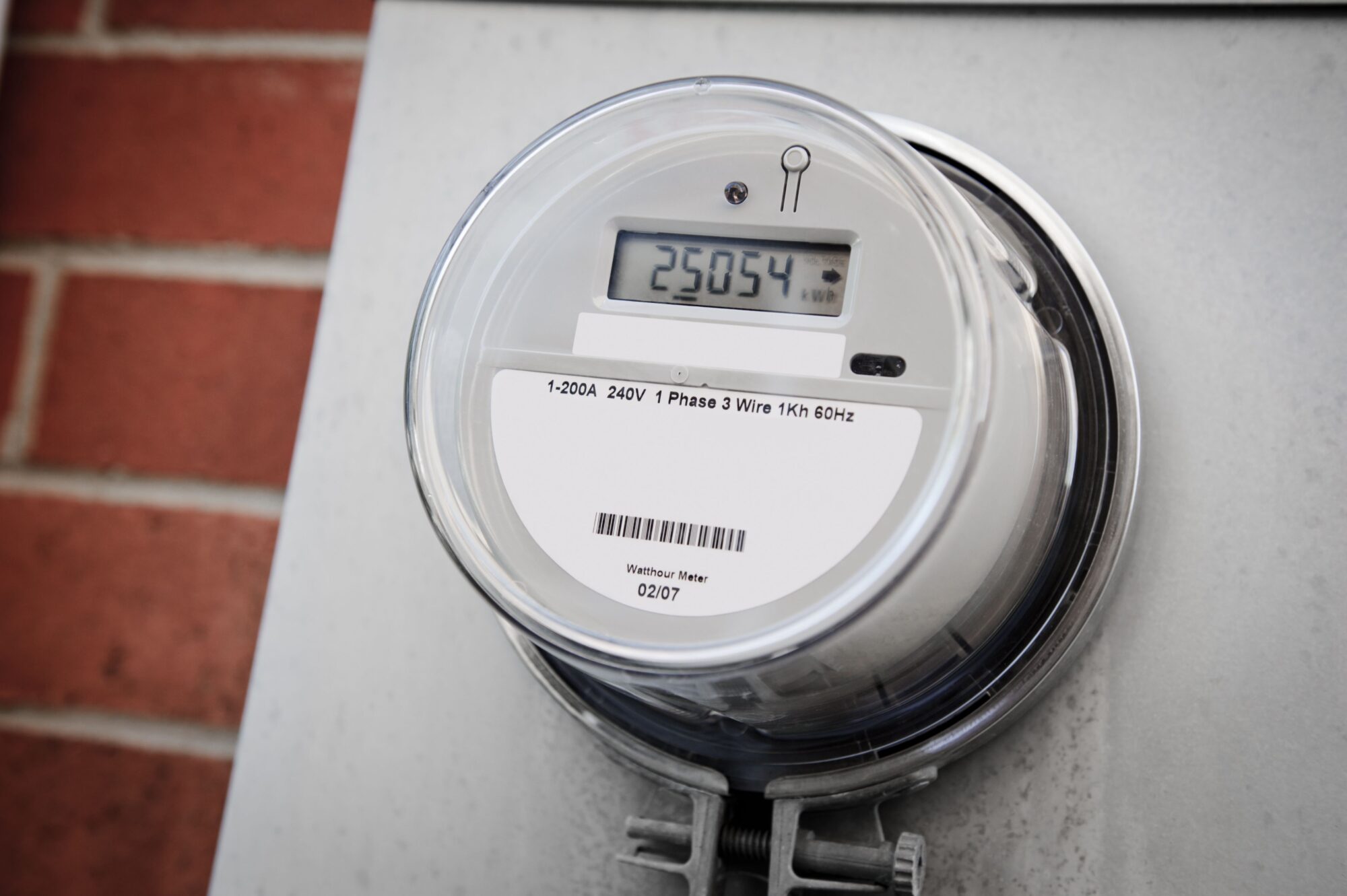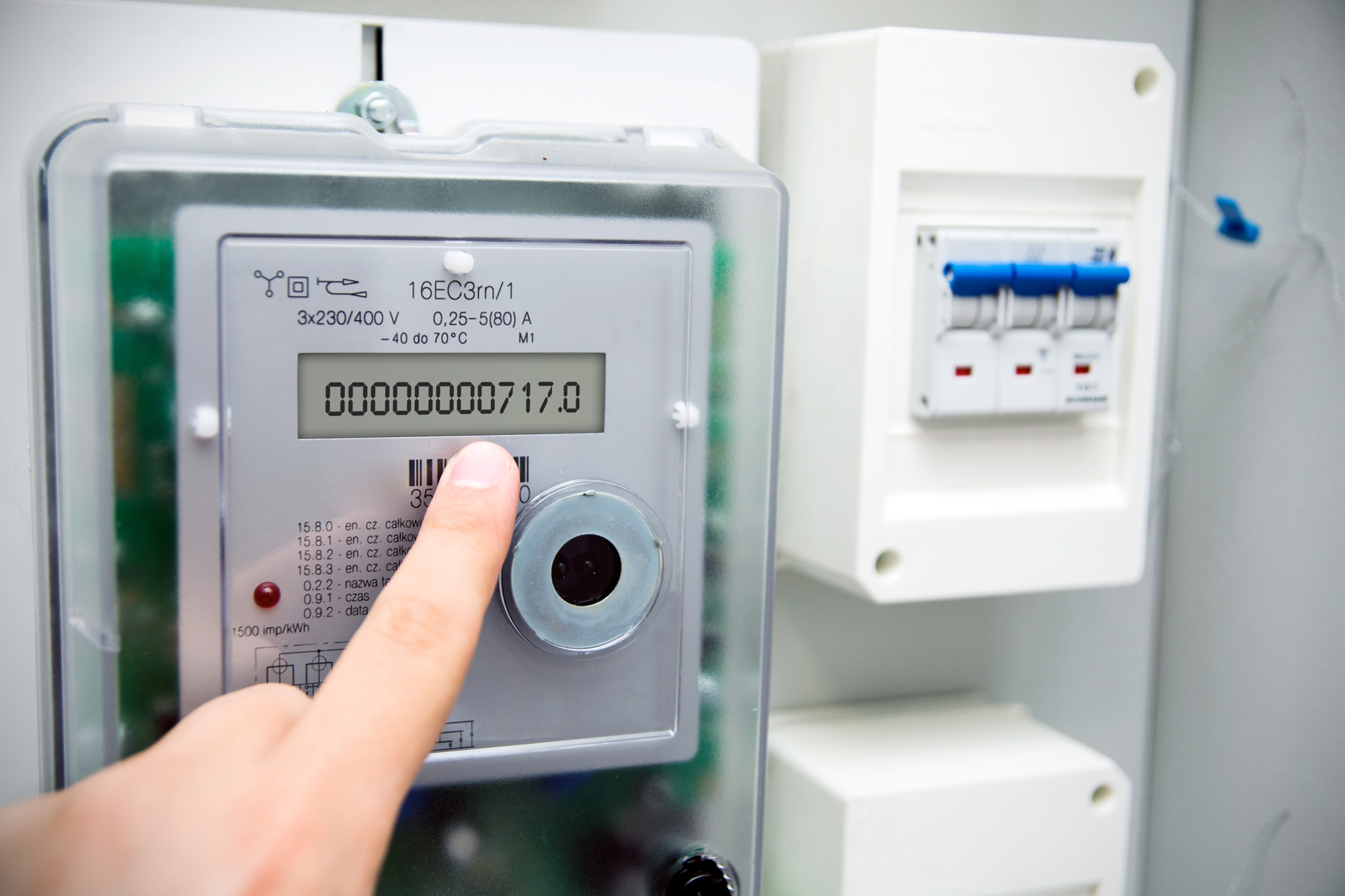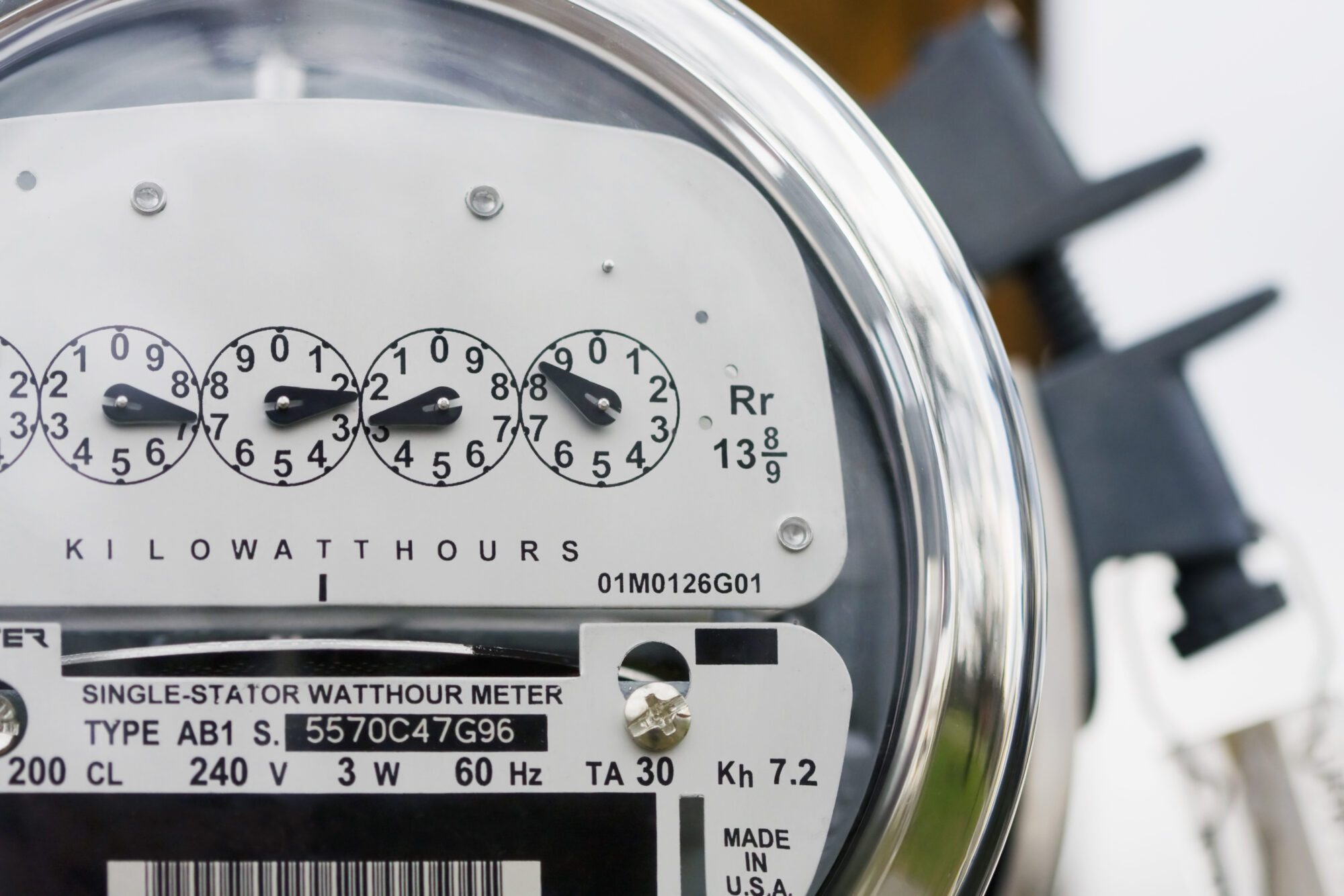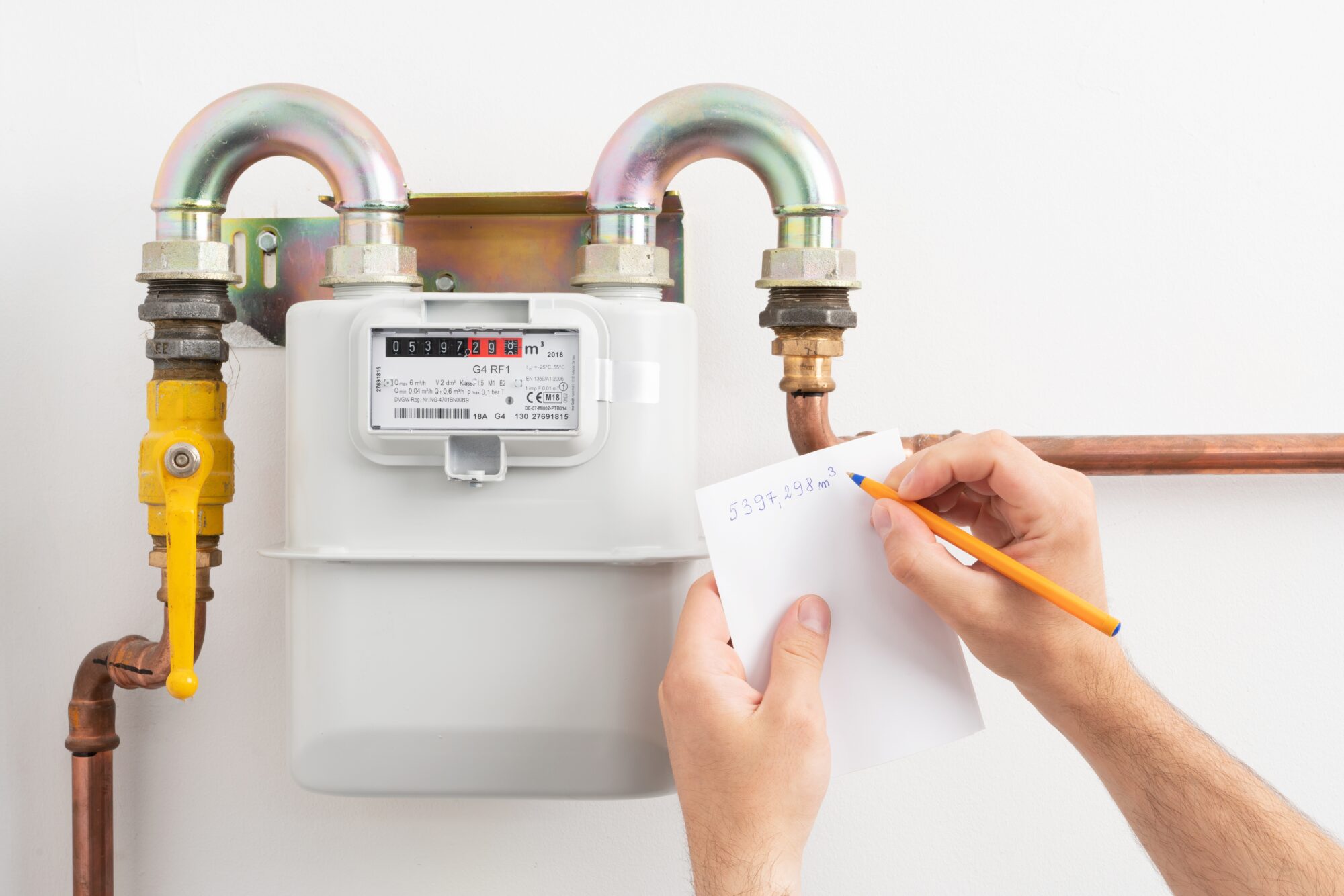What Are Smart Meters?
A smart meter logs information about a building’s energy use and transmits it to a nearby utility. Property managers choose smart meters to facilitate two-way communication between utility companies and their customers, due to the fact that smart meters reduce consumption of electricity, heat and water to cut costs.
Smart meters can effectively track the consumption of electricity, gas and water in stand-alone buildings, across commercial real-estate portfolios and enterprises. Depending on requirements, property managers can request that smart meters are programmed to transmit the utility consumption data.
This article highlights the growing popularity of smart meters and explains how they work to reduce energy consumption, save money and help properties become more sustainable.
Are Smart Meters Growing in Popularity?
The United States had about 102.9 million smart metering infrastructure (AMI) installations in 2020. Estimates indicate that the country will have over 153.8 million AMI installations by 2025. These statistics showcase the growing popularity of smart meters in the United States.
Government initiatives to create smart grids are contributing to the growing popularity of smart electricity meters in the United States. AMI installations gained momentum with the establishment of the $7.9 billion Smart Grid Investment Grant Program by the American Recovery and Reinvestment Act of 2009. This program helped nearly 200 utility companies deploy over 16.3 million smart meter units through 99 cost-shared projects between 2010 and 2014.
How Do Smart Meters Work?
Property managers use smart meters to measure the utility (electricity, water or gas) flow, calculate utility consumption and transmit data.. Smart meters display the electricity usage in watt-hour or kilowatt-hours when they are connected. They use lower levels of radio frequencies than the electronic devices typically used in daily life, such as mobile phones, wifi routers and microwave ovens.
Smart meters come equipped with an indicator that triggers an alarm when an abnormal situation occurs. For instance, it may come with a trip light that indicates the state of the power outage.
Do Smart Meters Save Property Teams Money?
In the long run, smart meters help property teams achieve better energy efficiency and reduce energy costs by providing real-time insights into their energy consumption.
Track Consumption and Use Energy Efficiently
Real-time data helps property teams classify their daily energy consumption into high-usage hours, moderate-usage hours and low-usage hours. This enables users such as commercial real-estate firms, hospitals and educational institutions to analyze the reasons for peak usage and make decisions to reduce consumption.
For instance, if a hospital finds that its consumption is high during non-operating hours, it may be an indication that some appliances are still running when they are not in use. In this case, the hospital can reduce energy consumption by taking steps to curb energy use during these periods.
Opt for Time-of-use Energy Tariffs
Many utility companies in the United States provide rebates and incentives for energy consumption during off-peak hours. They also offer flexible pricing plans and time-of-use tariffs to motivate people to consume energy during off-peak times and balance the load. These rebates and incentives benefit property managers, as they produce lower overall costs.
By providing hourly insights on energy consumption, smart meters help property managers of commercial and enterprise buildings determine if they can opt for these time-of-use energy tariffs and schedule some of the appliances during these off-peak hours to save money.
Are Smart Meters Good for the Environment?
Electricity generation through the combustion of fossil fuels is contributing to over 40% of global carbon dioxide emissions. For instance, the electric power industry of the United States, which generated around 4.01 trillion kilowatt-hours of electricity in 2020, emitted 1.55 billion metric tons of carbon dioxide. This means every kWh of electricity generation results in 0.85 pounds of carbon dioxide.
The only way to reduce electricity-related carbon emissions is to minimize power consumption at the individual and enterprise levels.
Since smart meters help tenants and property teams track their energy usage data accurately and make appropriate decisions to reduce energy consumption, electricity-related carbon emissions will begin to decrease significantly at both the individual and enterprise levels.
Choose Genea for Simplified Submeter Billing
Second generation smart meters, also called SMETS2, are slowly becoming an integral part of building infrastructure. If used effectively, smart meters enable energy suppliers to enhance operational efficiencies and help property teams save money.
Automated submeter billing software helps commercial real estate buildings and utility companies streamline submeter billing and offer a seamless experience to property teams.
Genea offers a cloud-based submeter billing software that works with your existing electricity, water and gas meters to automate the process of generating accurate bills and eliminate metering guesswork.
Genea submeter billing software is the perfect choice if you are looking to:
- Avoid the costly mistakes that could usually happen with manual meter readings and estimated bills.
- Eliminate clipboards and manual spreadsheets.
- Identify potential leaks and excess run times.
- Eliminate inaccuracies in tenants’ energy bills and invoices.
- Send home energy consumption data of tenants directly to their cell phones.
- Help property teams understand their energy consumption behavior and motivate them to take steps to reduce energy consumption.
- Forecast the energy consumption of your commercial real estate property.
Schedule a demo of Genea submeter billing software to learn how it automates your submeter reading and billing.






